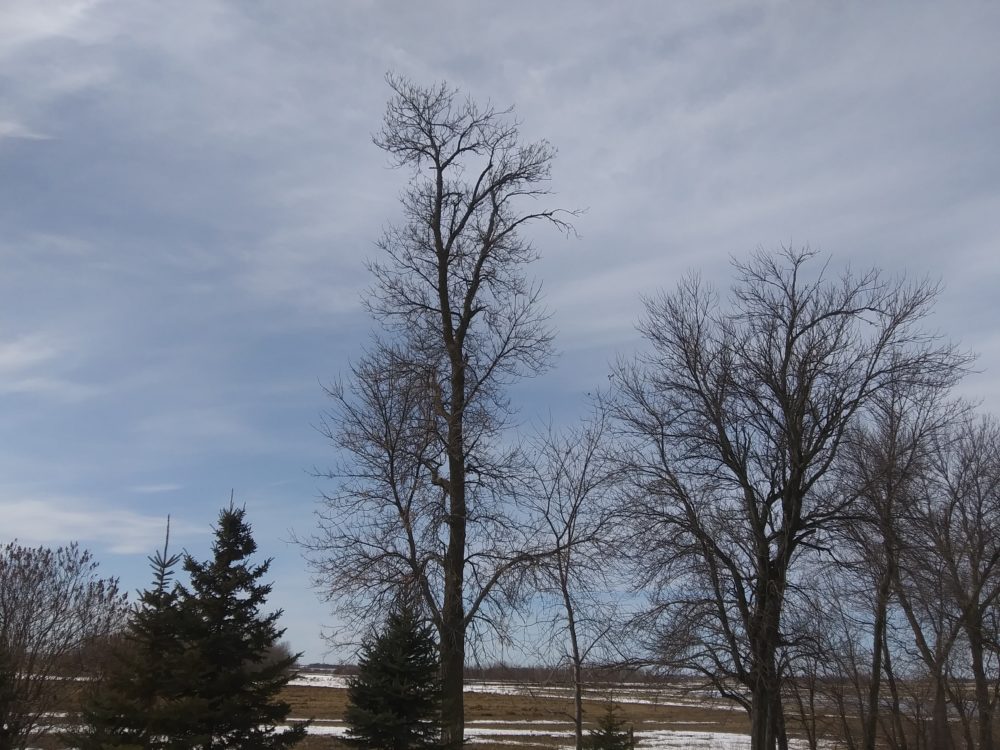How COVID-19 temporarily slows climate change

From a window, it may be hard to see how the climate is being affected by the virus.
Since the nationwide shutdown of numerous borders, and the closing of restaurants as well as many large educational institutions (ahem)—our world has now been given a golden opportunity to slowly replenish itself from pollution and carbon emissions.
With several nations in quarantine, there is far less human activity in this world than there would be without the pandemic. The effects of this change in activity are not entirely negative. Without discounting the tragedy resulting from the death of so many people, there is a chance for the earth to rebuild a healthier future in terms of a cleaner environment.
With many individuals working and studying at home and staying clear of public places, many have been left wondering what’s next. Only recently, President Trump warned that in many places in the nation the highest ‘peak’ of the pandemic is yet to come. The terrible struggles the country will be facing have been compared to the disaster of the Pearl Harbor attacks, this is not to be taken lightly.
Currently, it is the duty of the American people to stay indoors and stay safe. The changes the environment is facing can really only be witnessed by most by looking out a window. Not all the changes caused by the virus are terrible, it would seem only most of them are.
Across areas of the United States, the clouds of fog pollution have lifted. Cities such as New York, Chicago and Seattle as well as many others are visually being able to see the changes to their environment due to the decreased activity initiated by the virus.
Not only is the pollution level down for the moment in the U.S. but carbon emissions are also meeting all-time lows across the globe. In China, where the pandemic originated, there have been great blows to industrial practices. For instance, both the demand for oil and air travel has been in decline. Additionally, carbon emissions are lower than usual, which is substantial as China is the world’s largest carbon emitter.
These kinds of changes are not new and have happened before in the past. Look at the Great Recession of the late 2000s; there was a temporal dip in the number of global carbon emissions.
In large cities, there have been mandates which have reduced the constant flow of traffic and the crowds that would regularly convene to board public transit. With fewer people in public areas and in places of constant activity, there are fewer opportunities for pollution and for the emission of carbon.
Recently, the news has been showing coverage of Times Square in New York City looking emptier than a piggy bank the day after Black Friday. With less activity from the general population, there are fewer negative effects contributing to climate change.
There is no doubt that the tragic effects of the present pandemic are regrettable. With its unnerving speed and disastrous effects that have killed many already, people must be careful, keeping healthy and clean to avoid catching or spreading the virus.
With that being said, the lowering scale of the number of carbon emissions and pollutants into the atmosphere has been set back from prior to the virus’s onset. The response which the nation conducts now as a result of the virus is likely to shape the climate crisis years into the future.
Right now, fire is fighting fire. While it can’t be said that the dreadful effects of COVID-19 are desirable or needed, it can be seen that the constantly rearing danger that is climate change has been temporarily reduced. No matter how this ends, one of these two evils may just be lesser.
